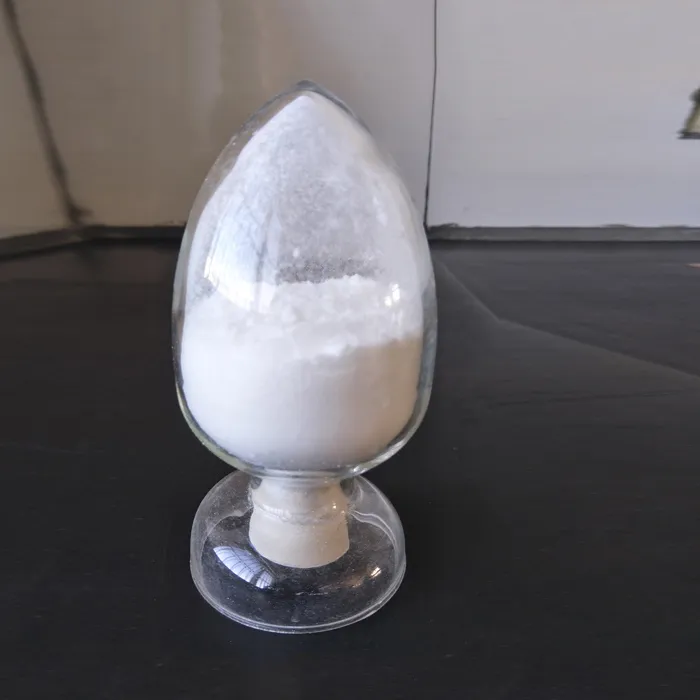Understanding H3NSO3 Acid Properties, Applications, and Safety
H3NSO3, commonly referred to as sulfamic acid, is an important chemical compound widely used in various industrial applications due to its unique properties. This article aims to delve into the characteristics of sulfamic acid, explore its applications, discuss safety considerations, and highlight its significance in modern chemistry.
Chemical Properties and Structure
Sulfamic acid, with the chemical formula H3NSO3, comprises a sulfonic acid group (-SO3H) bonded to an amine (-NH2). This unique structure imparts several distinctive properties to the compound. As a white crystalline solid, sulfamic acid is highly soluble in water, which makes it a versatile ingredient in many chemical reactions and formulations. It has a melting point of approximately 205 degrees Celsius, and its pH solution in water is generally around 1 to 2, indicating its strong acidic nature.
One of the most notable properties of sulfamic acid is its stability. Unlike sulfuric acid, sulfamic acid does not form corrosive fumes when heated, making it a safer alternative in various applications. Additionally, it can act as a mild acid catalyst, facilitating acid-base reactions without being overly aggressive, which is advantageous in industrial processes.
Applications of H3NSO3 Acid
Sulfamic acid finds extensive use across several industries
1. Cleaning Agent One of the most prominent applications of sulfamic acid is as a cleaning agent. It is widely employed for descaling and cleaning metal surfaces. Its effectiveness in removing limescale deposits and rust makes it a common choice in the maintenance of boilers, heat exchangers, and other industrial equipment.
2. Water Treatment Sulfamic acid is also used in water treatment processes. It neutralizes alkaline conditions in water systems, improving the efficiency of treatment processes and preventing corrosion. This is particularly important in maintaining the longevity of pipes and machinery in water distribution systems.
h3nso3 acid

3. Chemical Synthesis In the field of chemical synthesis, sulfamic acid serves as a raw material in the production of various pharmaceuticals, dyes, and plastics. Its versatility allows it to be transformed into derivatives that are beneficial in creating a range of compounds.
4. Electroplating The electroplating industry has also recognized the significance of sulfamic acid. It is used in the production of nickel electroplating baths, where it helps improve the quality of the deposited nickel layer, resulting in a smoother finish and enhanced corrosion resistance.
5. Agriculture In agriculture, sulfamic acid is utilized as a herbicide for weed control. Its ability to disrupt the metabolic processes in certain plants makes it a useful tool in managing unwanted vegetation.
Safety Considerations
While sulfamic acid is a vital compound with numerous applications, safety precautions are essential when handling it. As with any strong acid, it can cause irritation to the skin, eyes, and respiratory tract. Proper personal protective equipment (PPE), such as gloves, goggles, and respiratory protection, should always be worn when working with sulfamic acid.
In storage, sulfamic acid should be kept in a cool, dry place, away from incompatible substances such as strong oxidizing agents and bases. It is crucial to follow all safety data sheets and guidelines to ensure safe handling and transportation.
Conclusion
In summary, H3NSO3, or sulfamic acid, is a compound of significant importance across various industries. Its unique chemical properties make it a versatile agent in cleaning, water treatment, chemical synthesis, electroplating, and agriculture. However, as with any chemical, it is critical to handle sulfamic acid with care, adhering to safety protocols to mitigate risks. Understanding the implications of this compound enables industries to harness its potential effectively while ensuring the safety of workers and the environment. Its continued application in modern chemistry underscores the necessity of research and development in discovering further uses for this valuable acid.

